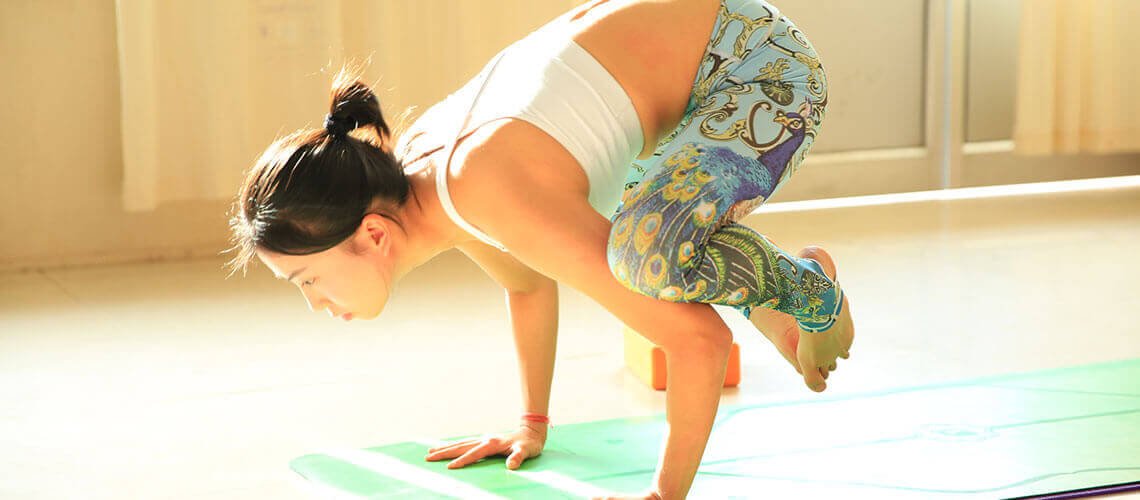
Do you know the difference between ashtanga vinyasa YTT Goa?
Two of the most mainstream styles of Yoga classes are Ashtanga Vinyasa YTT Goa. The characterizing normal for Vinyasa is the arrangement of development and breath; and, actually, Ashtanga yoga may be viewed as the mother of the present numerous Vinyasa styles, however, the historical backdrop of these two styles is a lot further subject. In current occasions, the two styles appear to originate from the Krishnamacharya Yoga heredity, and both feature breath-focused development. Then again, the Yoga Korunta is associated with the starting point of Ashtanga, while the Sun Salutations appear to be the start of the Vinyasa stream.
Ashtanga yoga Arrangement
The greatest distinction between Ashtanga Vinyasa yoga teacher training lies in the sequencing. Ashtanga Yoga initially comprised of four arrangements of stances: essential, auxiliary, propelled An, and propelled B. Today there are six arrangements of stances. The arrangement is successive in that an expert must ace one preceding the person can proceed onward to the following. Every arrangement comprises of a predefined request of stances (asanas) that understudies practice a similar way, without fail. On the opposite side of the coin, Vinyasa class successions change in sequencing, and the expert may encounter a completely unique arrangement each time the person rehearses.
Vinyasa yoga arrangement
Each Ashtanga arrangement spins around a classification of asanas: the essential arrangement fixates on forwarding twists, the optional arrangement centres around back curves, and the propelled arrangement underscores arm-backing and arm-adjusting presents. As the class advances, the stances in the arrangement, become increasingly mind-boggling. Ashtanga Vinyasa Yoga arrangements, then again, frequently highlight a pinnacle present. The pinnacle present is a difficult and complex represent that the instructor has chosen for a specific practice. The Ashtanga Vinyasa YTT Goa drives the class through an arrangement of stances that assists understudies with planning for training and recuperate from the pinnacle present.
Ashtanga Vinyasa YTT Goa
Both Ashtanga Vinyasa Yoga utilizes present changes or streams. In the Ashtanga practice, the understudy plays out a hilter kilter present on the correct side, travels through a grouping, and afterwards rehashes the posture on the left side. In Vinyasa Yoga, an understudy may connect a few unbalanced postures together before completing and changing to the next leg.
Mysore Class
Ashtanga classes can be either instructor drove or “Mysore,” which implies self-drove. In a Mysore class, every understudy rehearses an Ashtanga arrangement from memory, moving at their own pace. The educator strolls around and gives singular changes and guidance, varying. Interestingly, an Ashtanga Vinyasa YTT Goa quite often drives a Vinyasa class. The Vinyasa instructor will prompt and the whole class together and offer some individual changes dependent upon the situation.
Props in Ashtanga Vinyasa YTT Goa
At long last, understudies of Ashtanga Vinyasa YTT Goa, as a rule, don’t utilize props, act changes, or music. In Vinyasa classes, a few educators make props accessible, use ambient sounds, and urge their understudies to alter stances, varying.

